There are two main categories of light sources: natural and artificial.
Natural Light
The sun is the primary source of natural light on Earth. Natural light is essential for human health and well-being, and it plays a vital role in regulating our circadian rhythms. Studies have shown that exposure to natural light can improve mood, cognitive function, and sleep quality.
Natural light can also be used to reduce energy consumption in buildings. By strategically designing windows and skylights, architects can take advantage of natural light to illuminate indoor spaces.
Artificial Light
Artificial light sources are used to supplement natural light or provide illumination when natural light is unavailable. There are many different types of artificial light sources, each with its own advantages and disadvantages. Here are some of the most common types:
Incandescent: Incandescent bulbs are the oldest type of artificial light source. They work by heating a filament until it glows white hot. Incandescent bulbs are relatively inexpensive, but they are also the least energy-efficient type of light bulb. They generate a lot of heat and have a relatively short lifespan.

Halogen: Halogen bulbs are a type of incandescent bulb that is more energy-efficient than traditional incandescents. They produce a brighter, whiter light and are dimmer-compatible. However, halogen bulbs still generate more heat than LEDs and have a shorter lifespan.

Fluorescent: Fluorescent bulbs are a type of gas-discharge lamp that produces light by passing an electric current through a tube of mercury vapor. Fluorescent bulbs are much more energy-efficient than incandescent bulbs, and they have a longer lifespan. However, they can take a while to reach full brightness and may not be compatible with all dimmer switches.

LED (light-emitting diode): LEDs are the most energy-efficient type of artificial light source. They are also very long-lasting and can be dimmed easily. LEDs are available in a wide range of colors and color temperatures, making them a versatile choice for a variety of applications.


When choosing a light source, it is important to consider the following factors:
Energy efficiency: How much energy does the light source use?
Lifespan: How long will the light source last?
Color temperature: The color temperature of a light source is measured in kelvins (K). Lower color temperatures (around 3000K) produce a warm, yellow light. Higher color temperatures (around 6000K) produce a cool, blue light.
Color rendering index (CRI): The CRI of a light source is a measure of how accurately it reproduces the colors of objects. A CRI of 100 is the best possible score.
Dimming: Can the light source be dimmed?
Cost: How much does the light source cost?




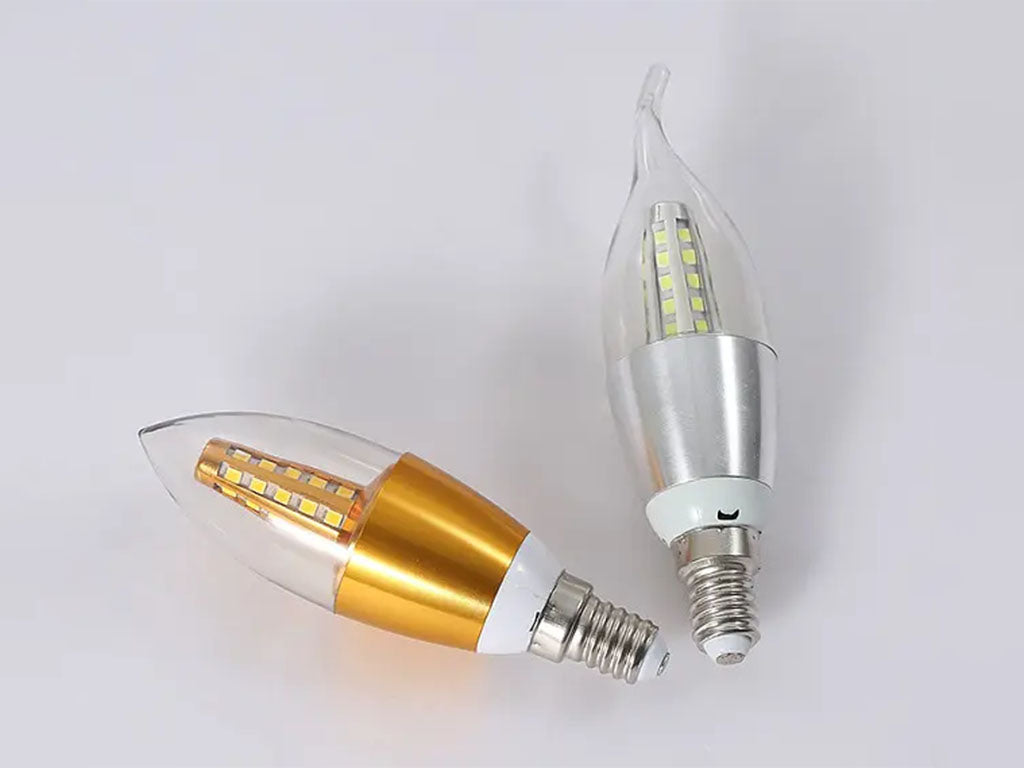
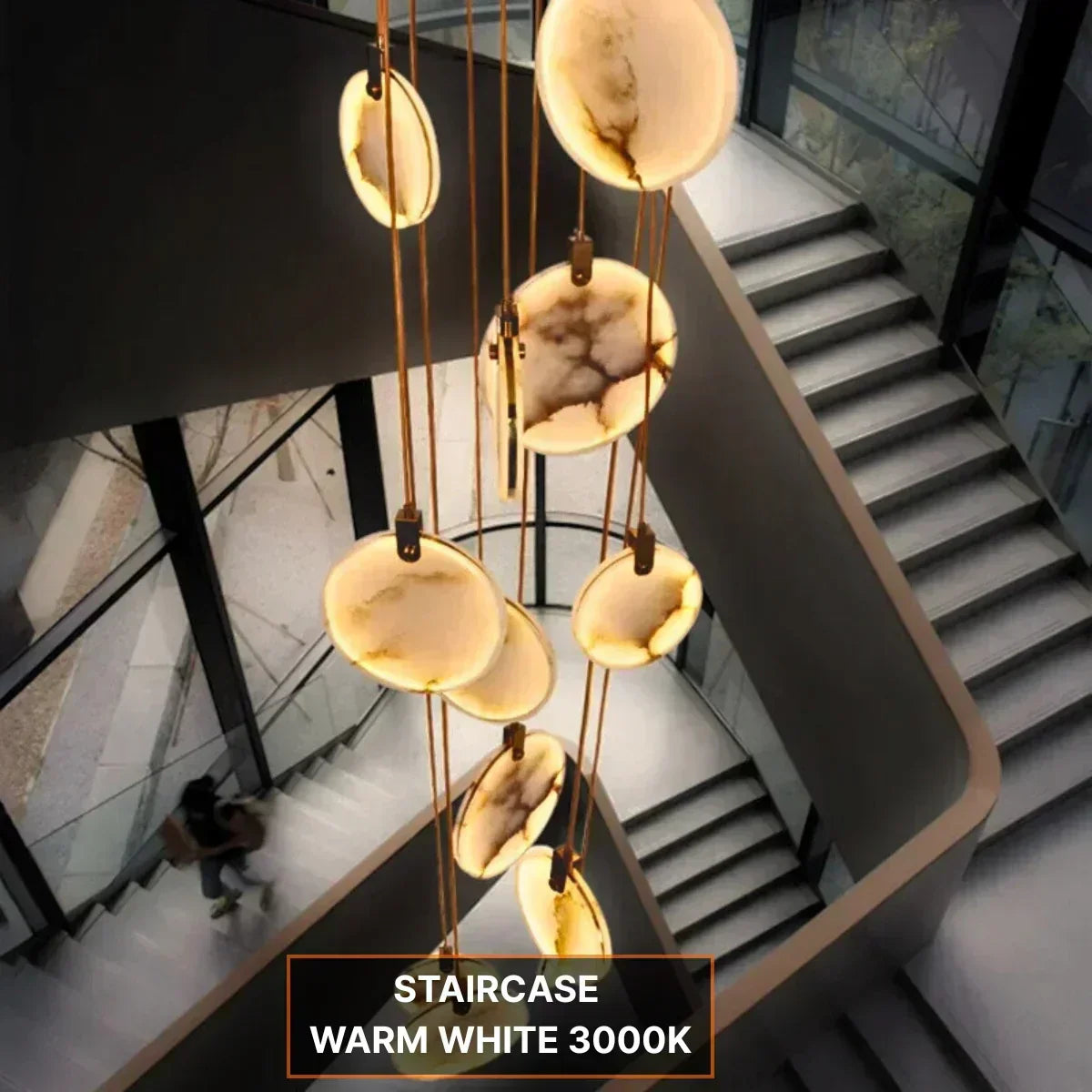
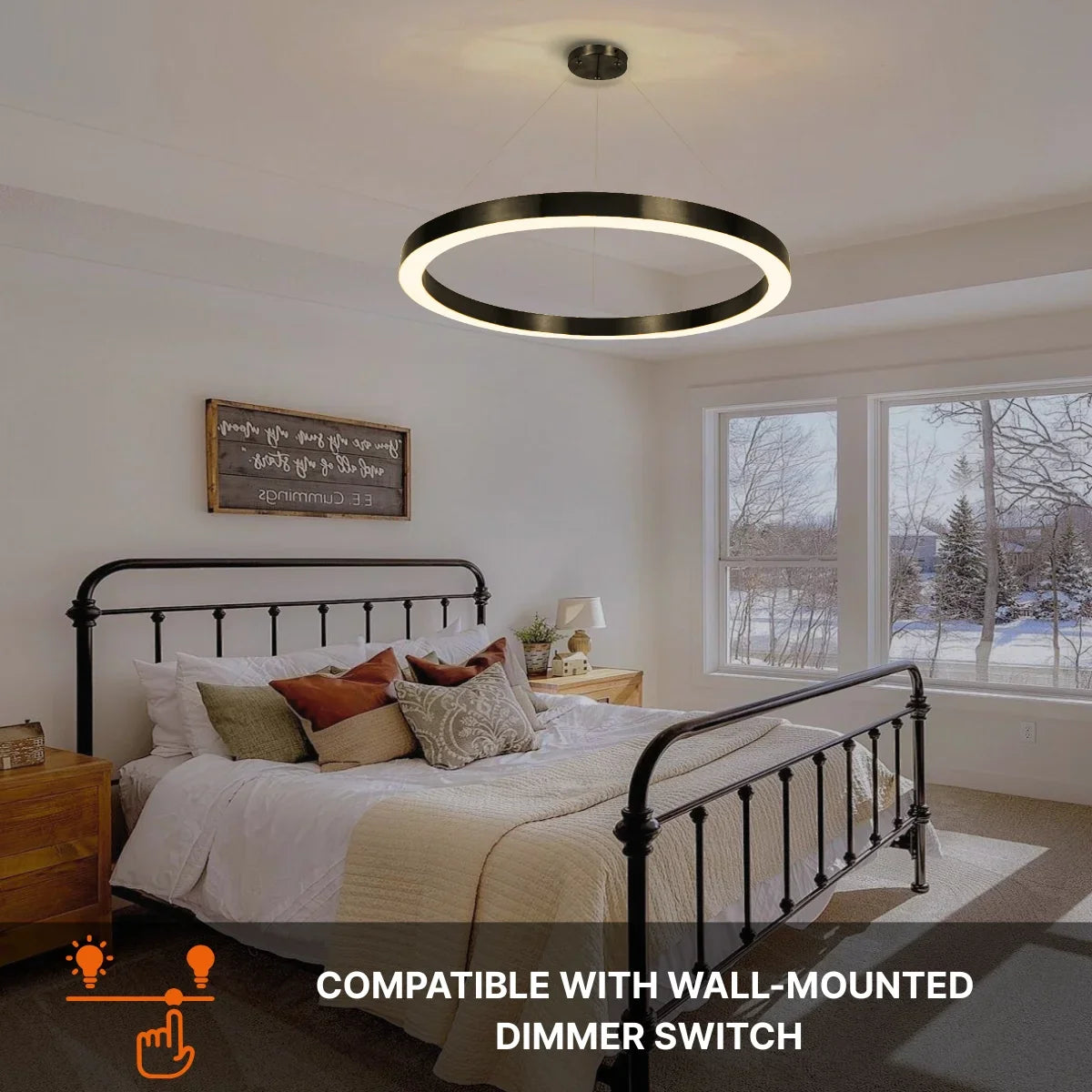
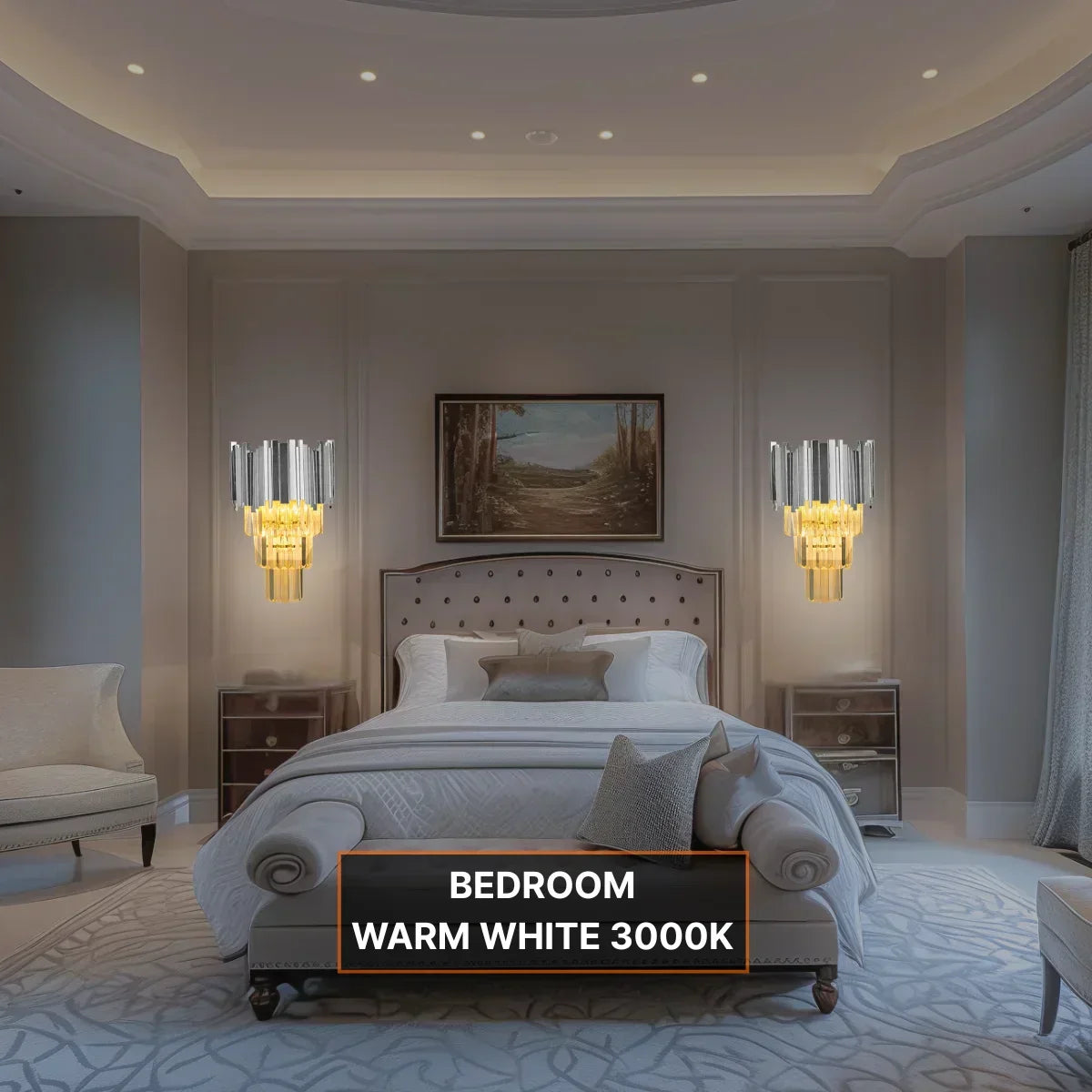



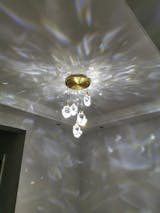
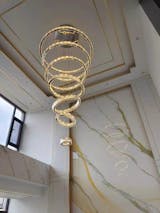
Share:
How to choose bedroom lights?
How To Clean Crystal Chandelier?